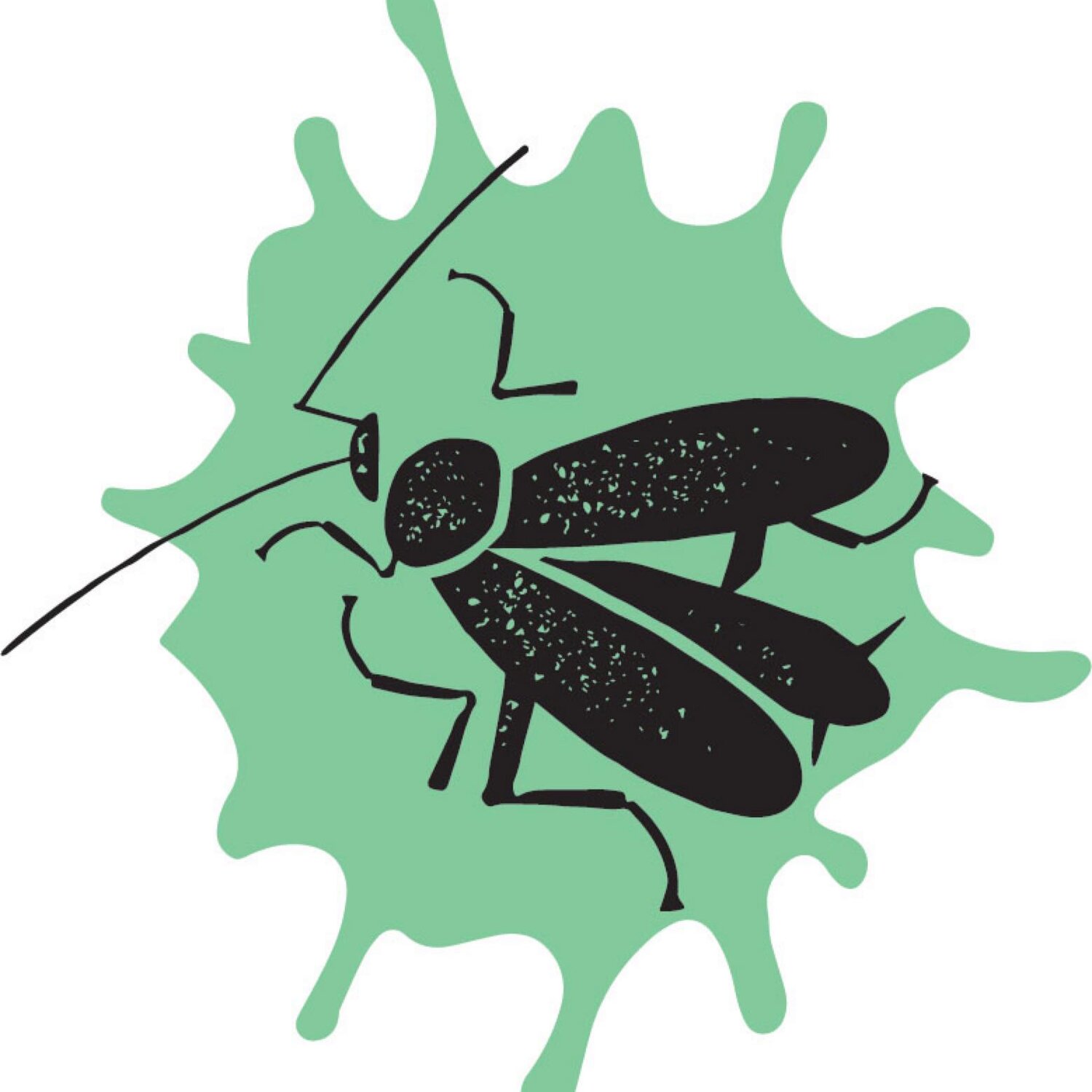6 Do’s and Don’ts When There Is a Flying Termite Infestation
Flying termites are one of the most feared pests in the world. They can cause extensive damage to your home and property and are notoriously difficult to get rid of.
If you have flying termites on your property, there are a few things you should do – and a few things you definitely should not do.
Here are the seven do's and don'ts of flying termites:
DOs:
1. Do watch for flying termites. These insects are attracted to light, so they are often seen near doors and windows.
2. Do be sure to keep an eye on your food. Termites are attracted to sweet and sugary foods, so be sure to keep them away from your picnic basket.
3. Do keep an eye on your plants. Termites are known to eat leaves and wood, so be sure to inspect your plants regularly.
4. Do check the forecast. Winged termites enjoy a warm night, while many other flying insects do. Termites often spread their wings in warm, humid environments in quest of a new place to colonise.
5. Do correctly identify them. It's crucial to correctly identify a flying termite because, although it could spell serious disaster for your home, you might be able to breathe a sigh of relief if it turns out to be a relatively innocuous flying ant.
The front wings of flying ants are much enormous. These are the flying termites that Australian homes and businesses most fear.
Additionally, flying termites have a straight antenna and typically travel in swarms. Because of this, they are generally referred to as "swarmers" than by the more formal title "alates".
6. Do call an exterminator. If you see that you have a termite problem, be sure to call an exterminator as soon as possible.
DON'Ts:
1. Don't ignore flying termites. These insects signify a bigger problem, so be sure to take action if you see them.
2. Don't let them near your food. As mentioned before, termites are attracted to sweet and sugary foods. So, be sure to keep them off your picnic area.
3. Don't let them near your plants. Termites can do significant damage to your plants, so be sure to keep them away.
4. Don't use poison. Some people think using poison is an excellent way to eliminate termites, but this is not true. Poison can be harmful to humans and animals, so be sure to avoid it.
5. Don't try to do it yourself. Getting rid of termites can be a problematic and dangerous task, so be sure to call a professional if you think you have a problem.
6. Don't give up. There are ways to get rid of flying termites for good! Here are some examples:
Sealing cracks or gaps in your foundation
Keeping your yard free of debris
Removing any potential food sources from around your home.
Conclusion
It is imperative to be aware of the potential dangers of flying termites. These insects can cause immense damage to your home and property if not adequately controlled. There are a few do's and don'ts you can follow, as discussed in this article. If you find an infestation, contact a professional pest control company as soon as possible to get rid of the problem.
D-Day Pest Control has professional, trained technicians that conduct building and pest inspections in Geelong. We have effective, safe and affordable pest treatments for homes and businesses in Geelong, the Surf Coast and the Bellarine Peninsula. For your infestation problems, contact us today!
